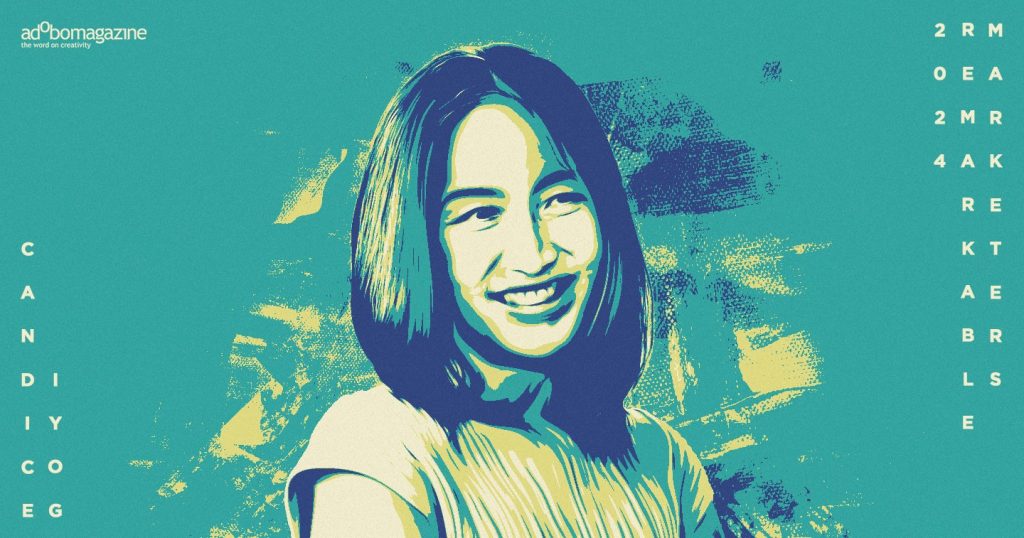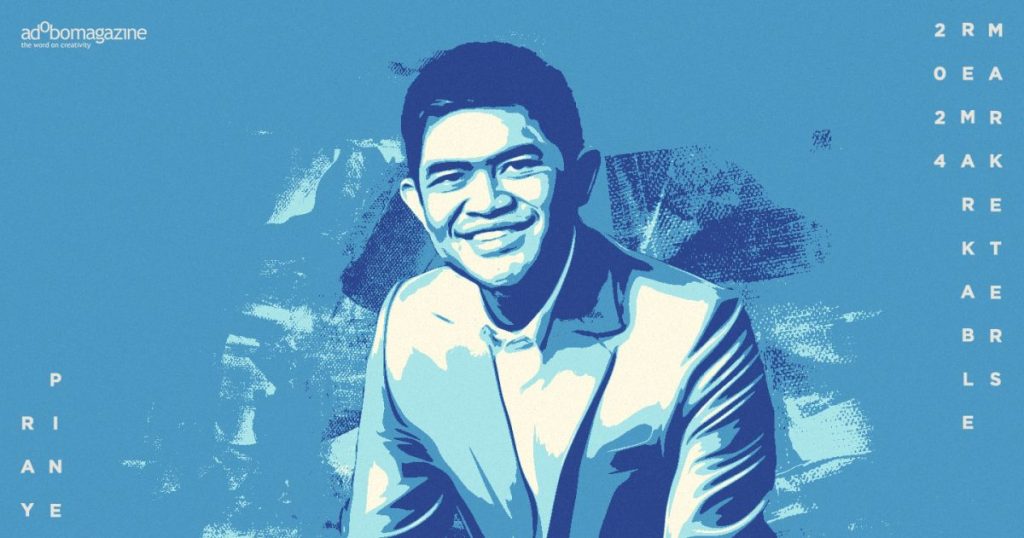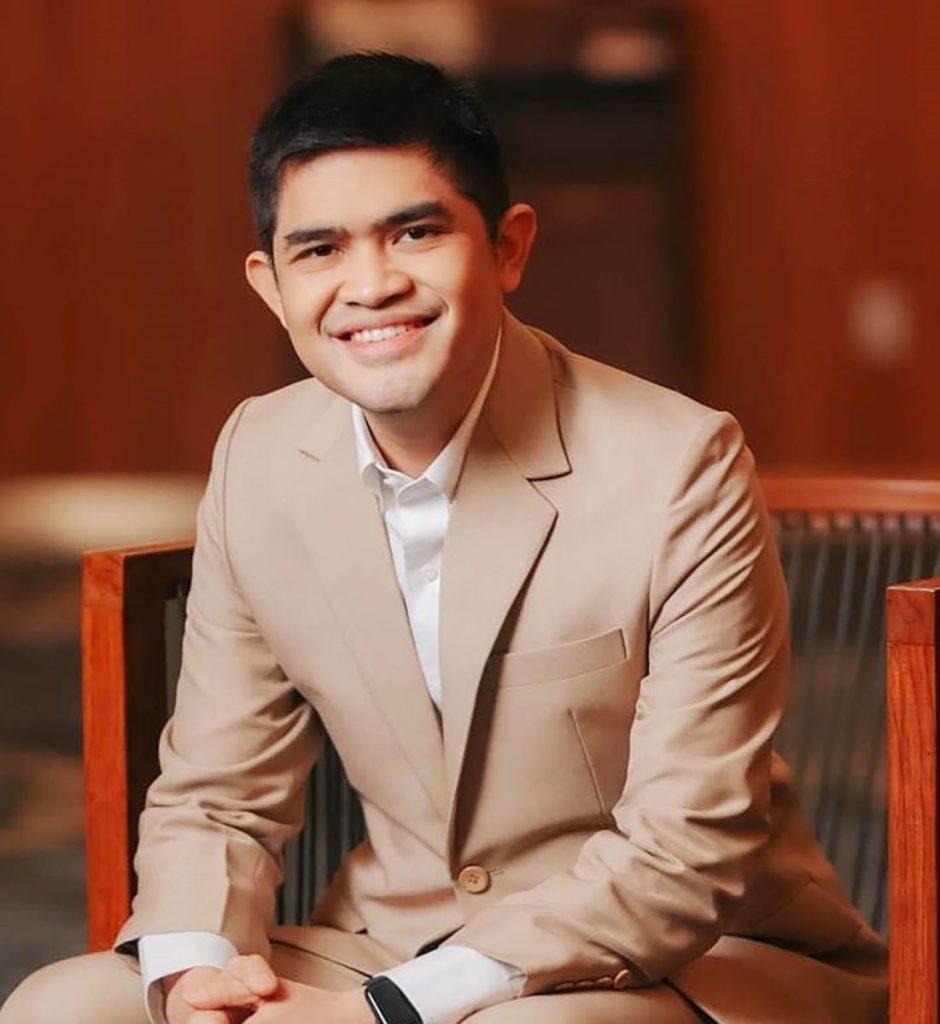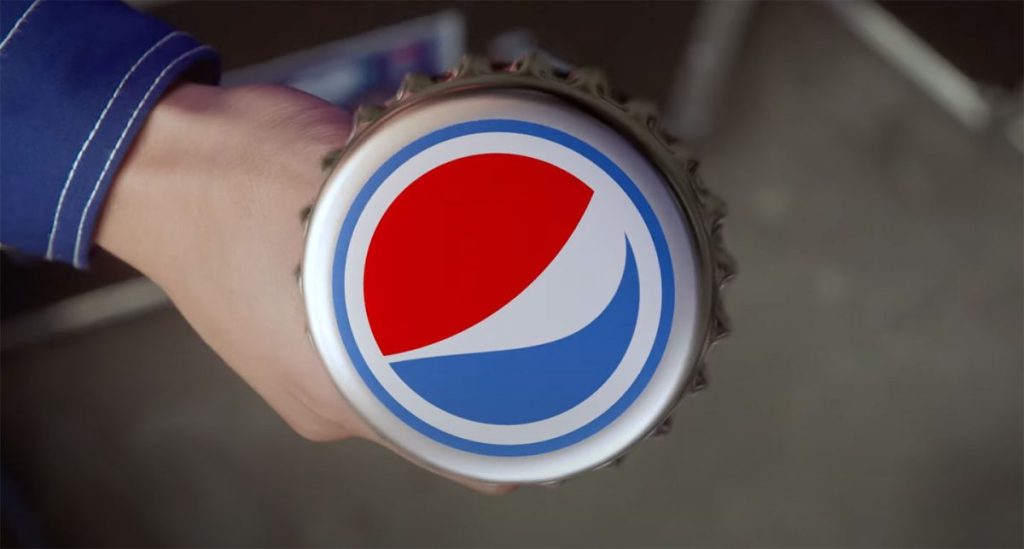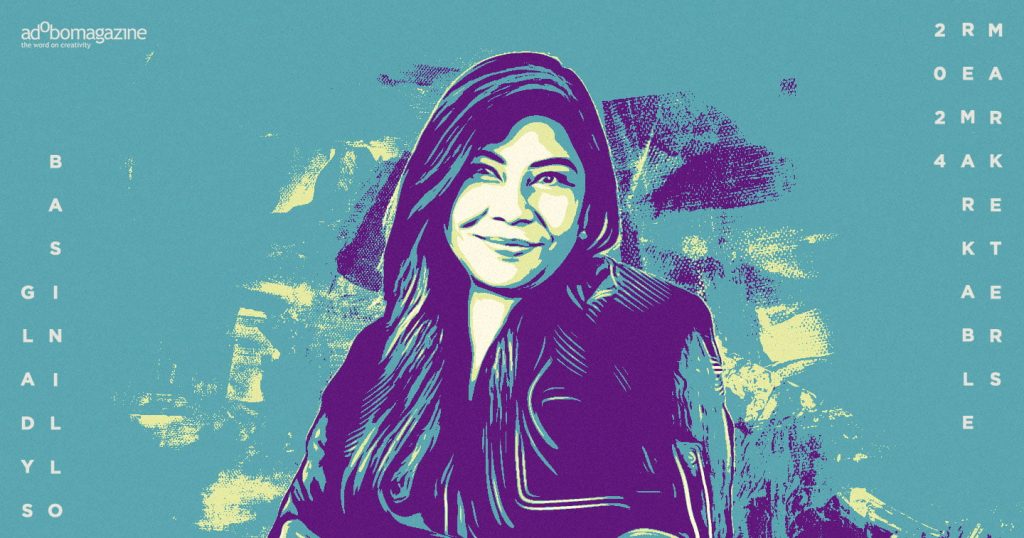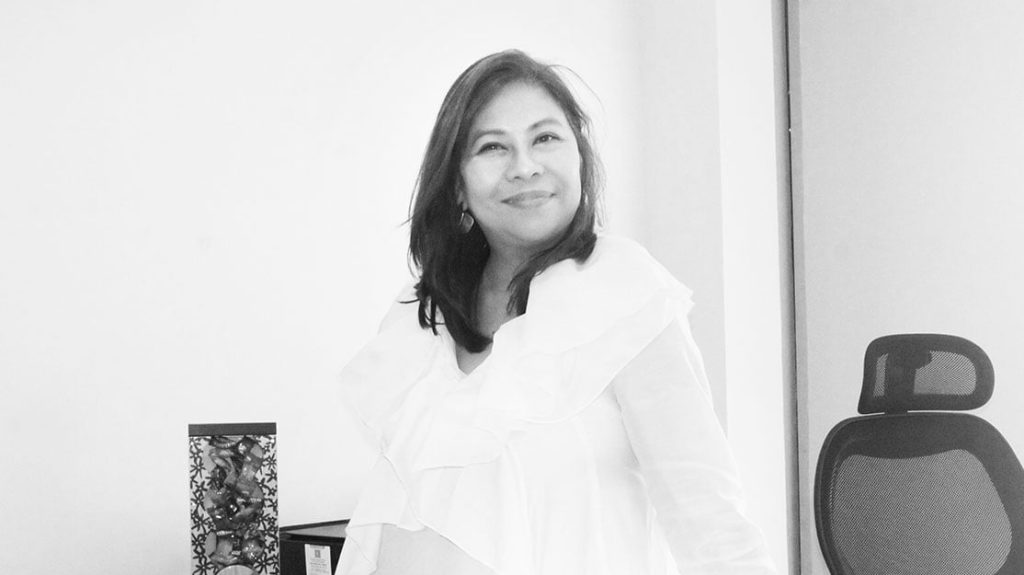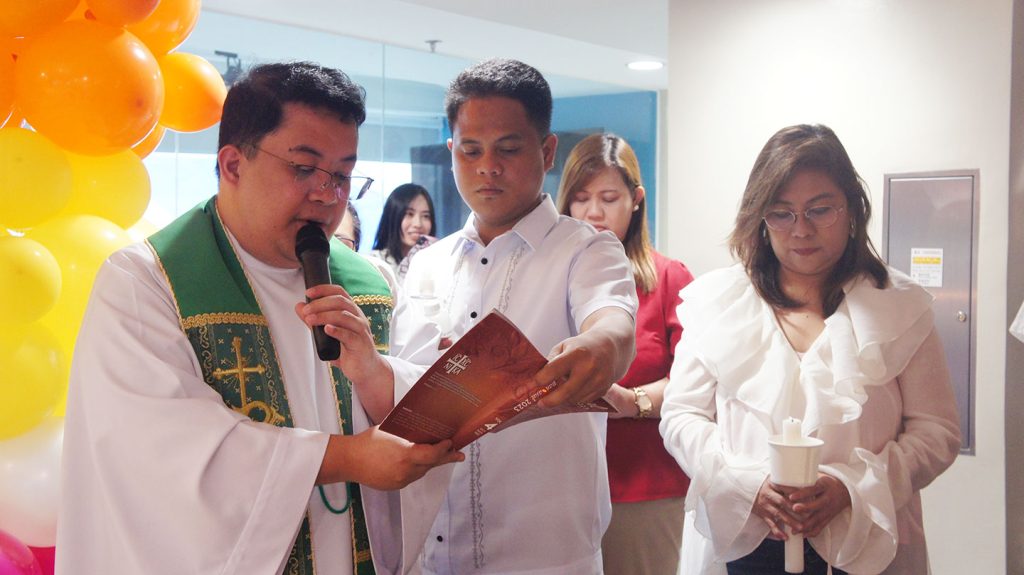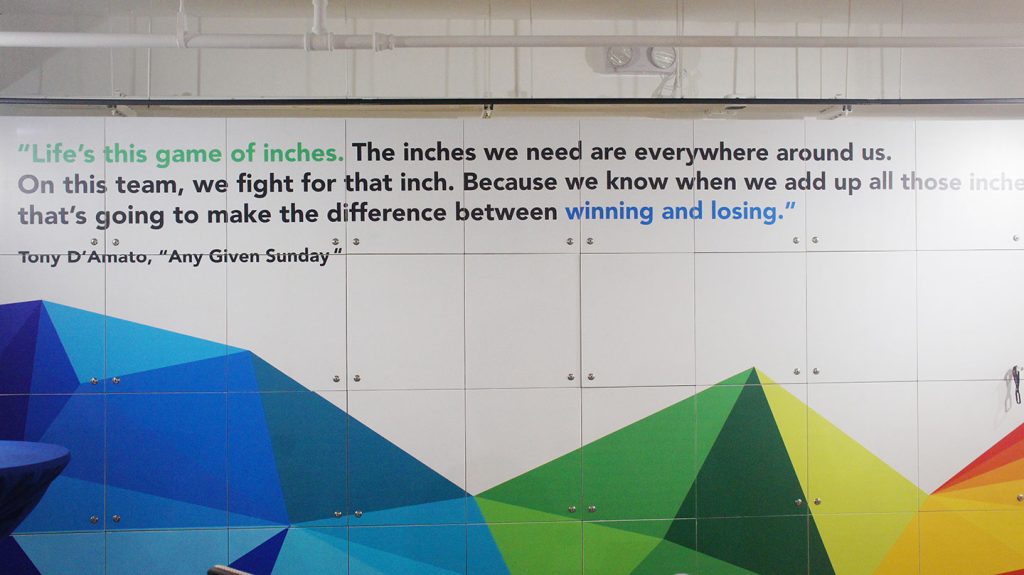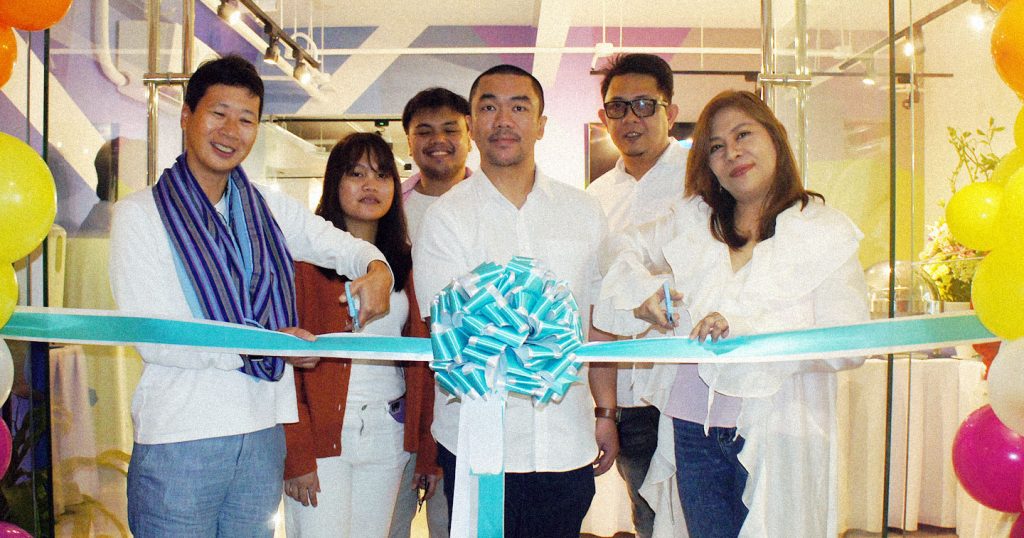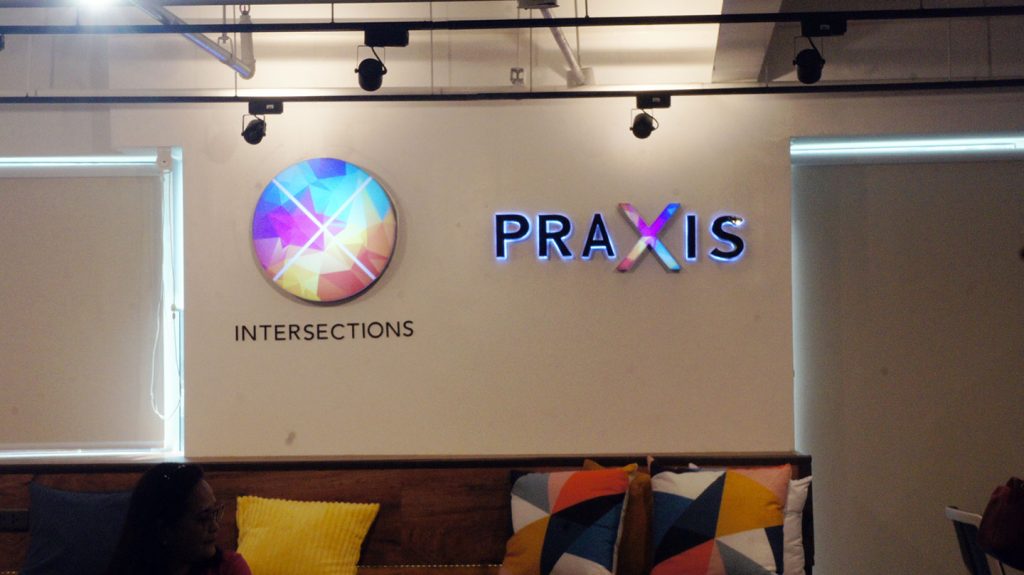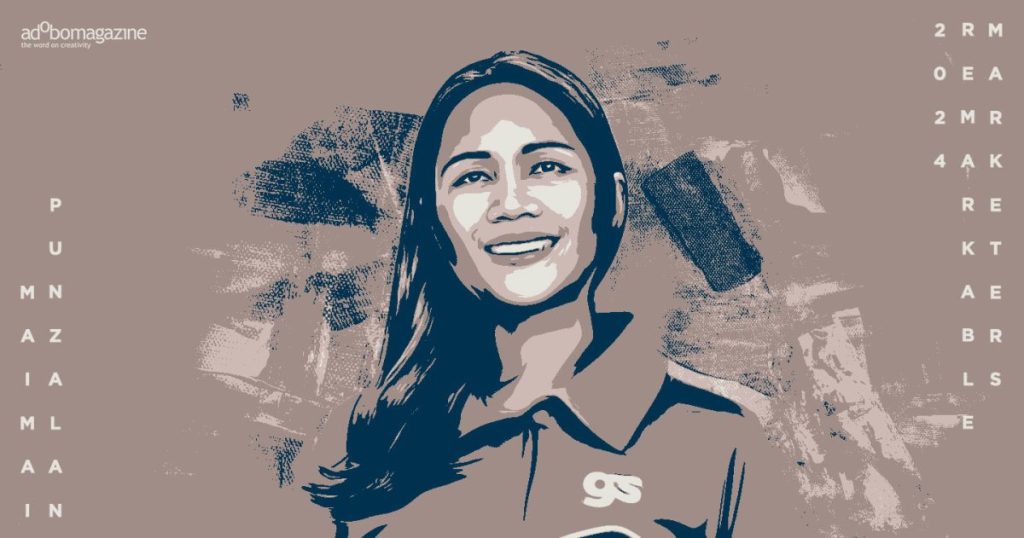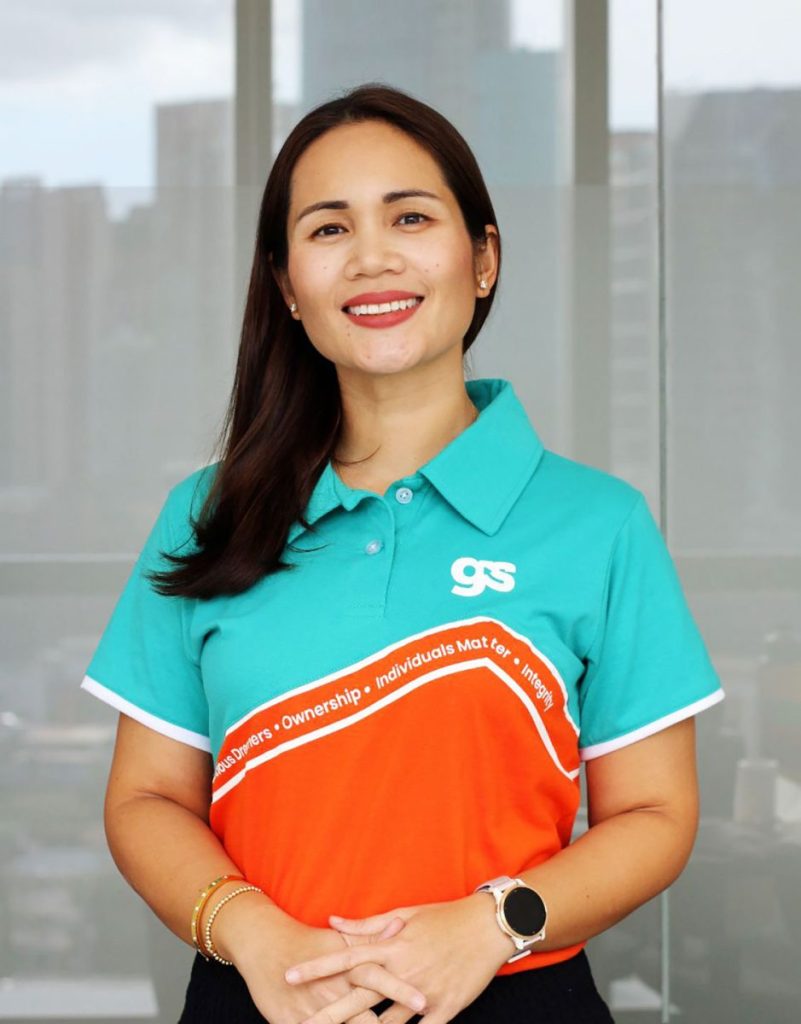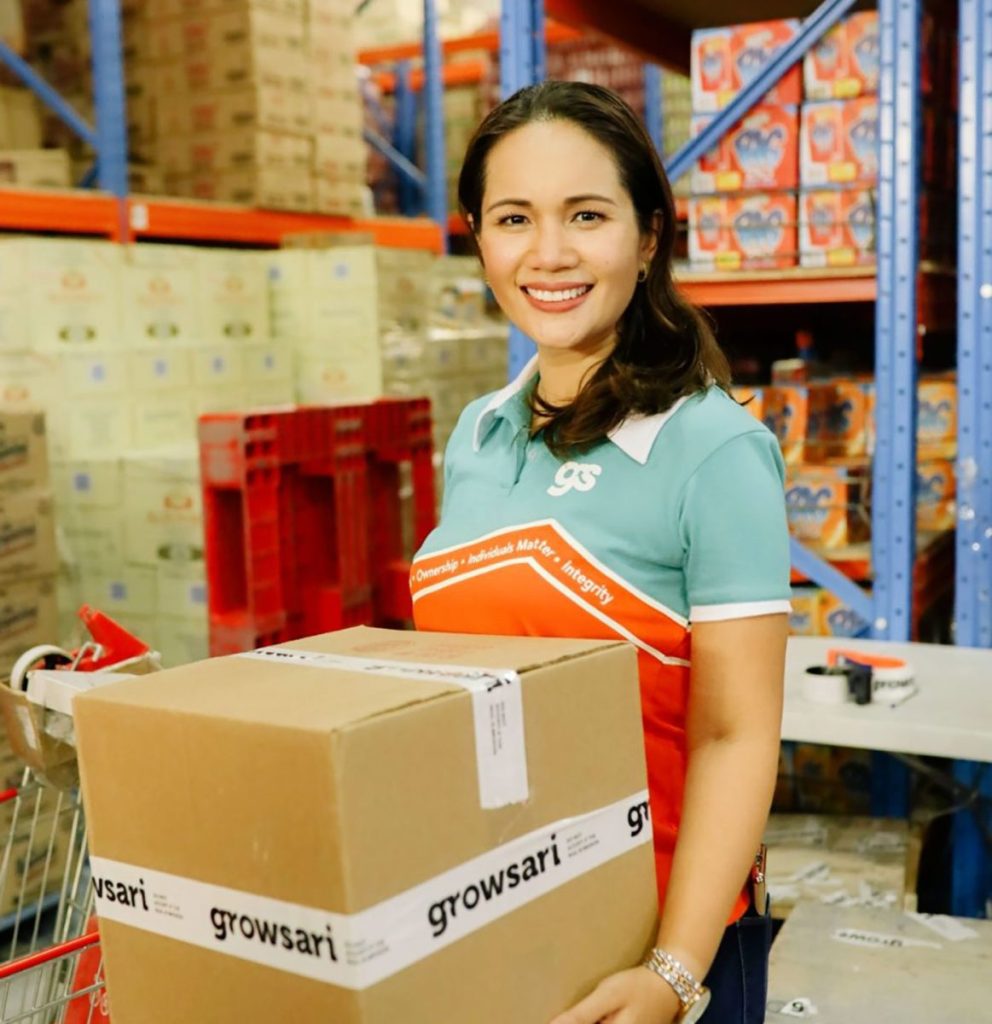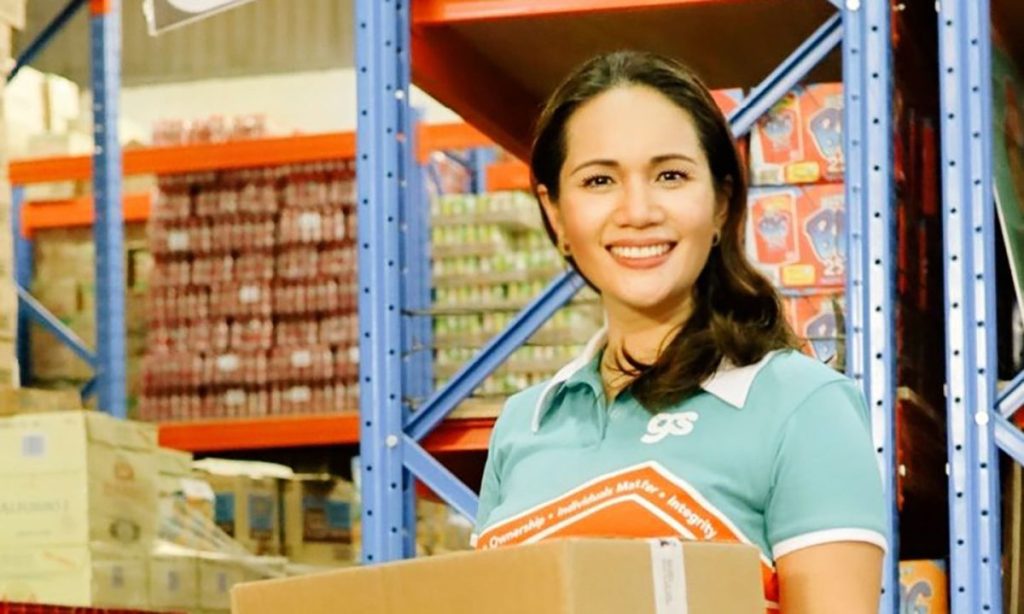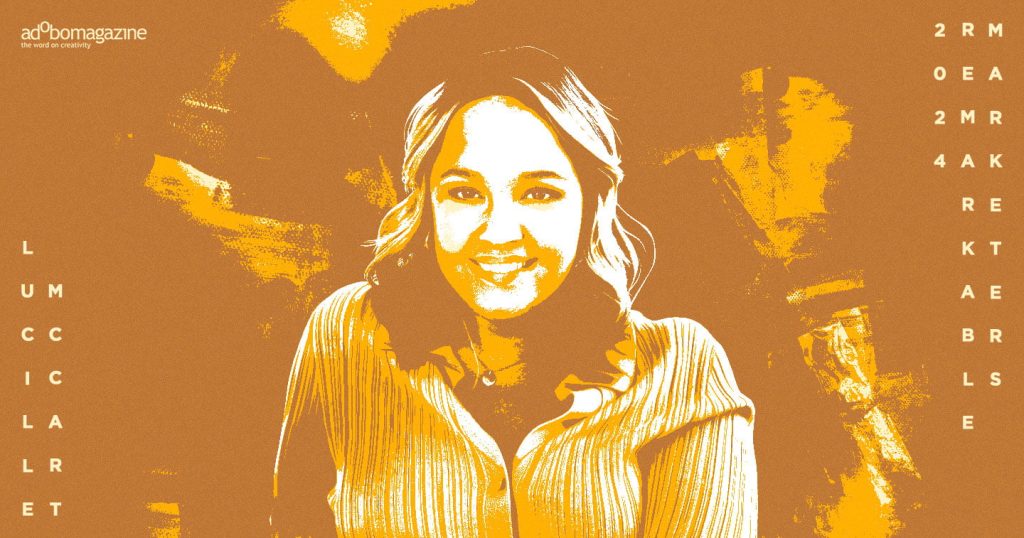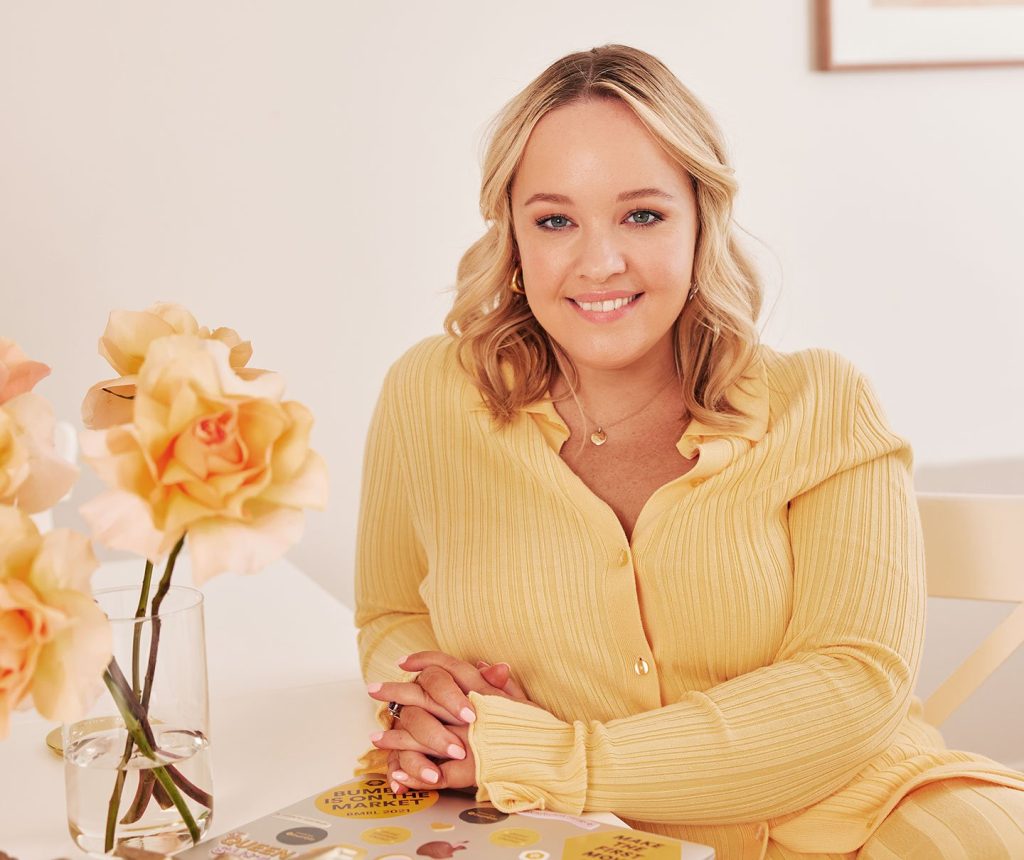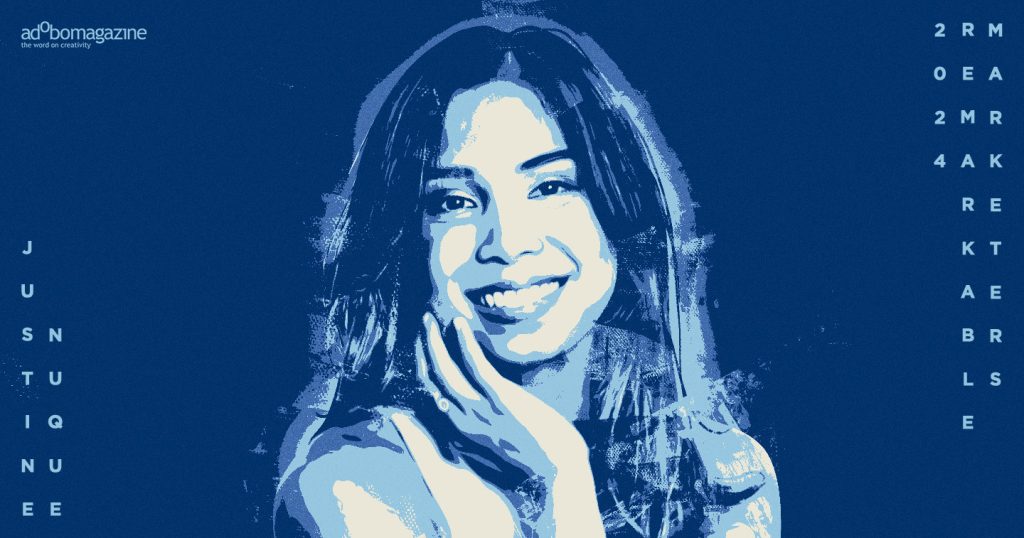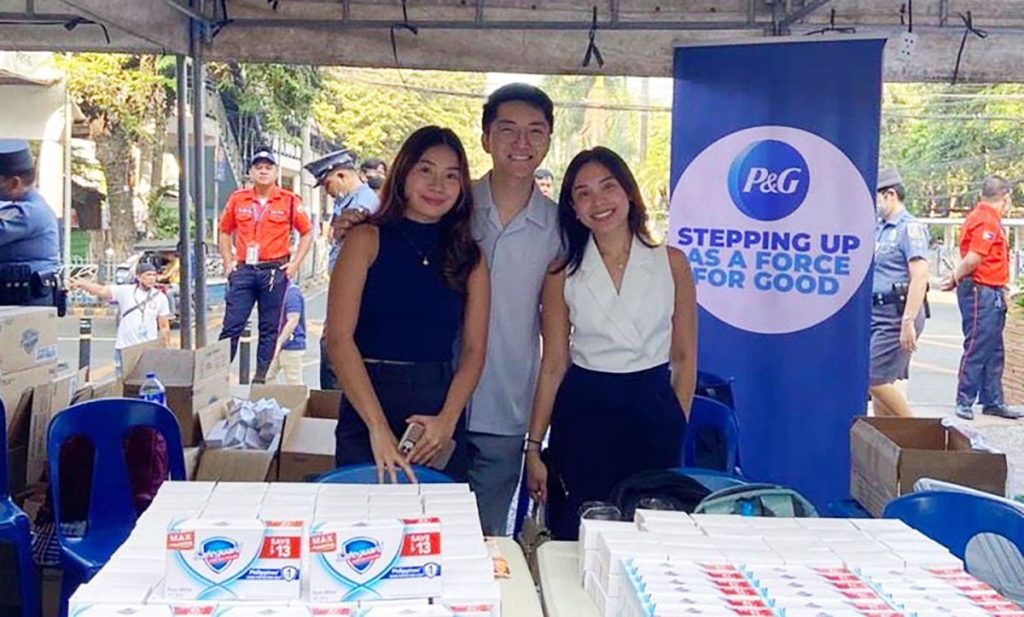MANILA, PHILIPPINES — As the latest recipient of the coveted Chief Marketing Officer of the Year award at the Asia Pacific Tambuli Awards 2024, Cebu Pacific’s Chief Marketing & Customer Experience Officer Candice Iyog deeply felt that she and her team — whom she referred to as her ‘village’ — have worked hard to uphold everything that encompasses Cebu Pacific to the inclusive and proudly Filipino airline it is today.
From being a homebody indifferent to the idea of travel, becoming a marketing leader of a leading local airline earned Candice a lot of experience, reaping meaningful achievements as a result. “I am honored to have been conferred the 2024 Chief Marketing Officer of the Year Tambuli Award. I honestly still feel that I don’t deserve this because there is still so much we need to do but at the same time, I am elated to have been recognized because I know how hard the people behind Cebu Pacific have worked to give Filipinos a brand that they can be proud of, one that can stand among global low-cost carrier brands, providing safe, reliable, accessible flights, flying to where the Filipinos are and improving the lives of the people in the communities we serve.”
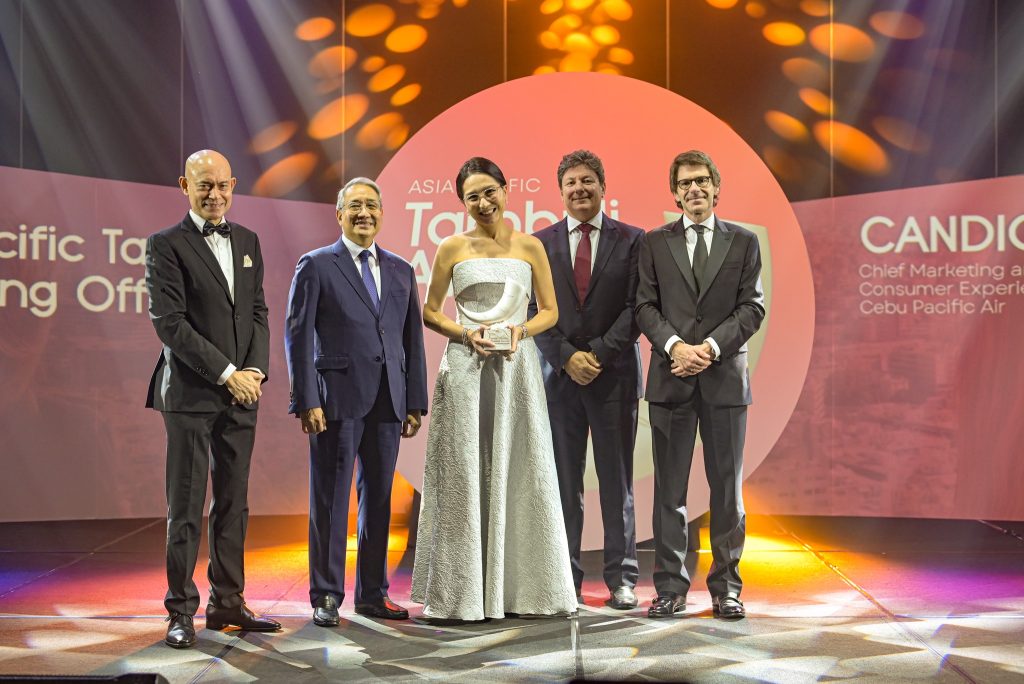
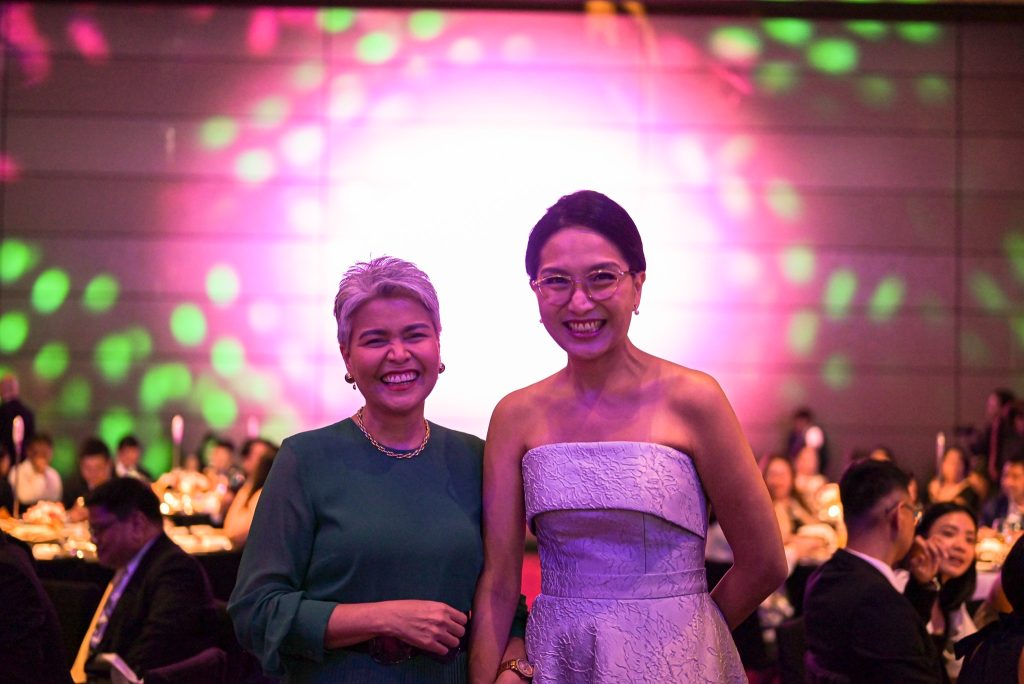
“So – this is as much their award as it is mine because it really takes a village and I am so privileged to be in this one because it affords me the opportunity to do meaningful work.”
With open-mindedness, persistence, and resilience at the core of her work, adobo Magazine, the Word on Creativity, sat down with Candice to learn more about her insights on injecting a more human-centric approach to marketing.
Leadership comes with its fair share of challenges. What are some challenges you’ve encountered as Cebu Pacific’s Chief Marketing Officer?
“On a normal day, there is already a lot to do and we are motivated to contribute to nation-building, we take it seriously,” Candice answered, citing that one of the significant challenges they face to this day was the need to adapt to change fast enough, while also looking after the individual needs of the teams and managing towards their desired business outcomes.
“The pandemic was one of the most challenging things we’ve had to face in recent times,” Candice added. “Our people and culture have been one of our secret weapons, one that has helped us weather and overcome many challenging times in our history.”
Can you tell us one of your key ingredients to becoming an excellent marketer?
Discussing her leadership style, Candice mentioned that she heavily resonated with the principles of improv. She believes its core principles — like active listening and building on ideas — can be valuable tools for leaders and marketers.
“Improv is quite vulnerable; you’re not set on what you want, you’re actually playing with each other,” she shared. “It’s not one person’s idea pitted against the other person, but the principle is you accept — hence it’s a ‘yes, and.'”
“The principles apply not just in improv but in leadership, in group dynamics, and working in teams. You’re not looking to be right, you’re looking for what is the best outcome, which means you build off of each other’s ideas.”
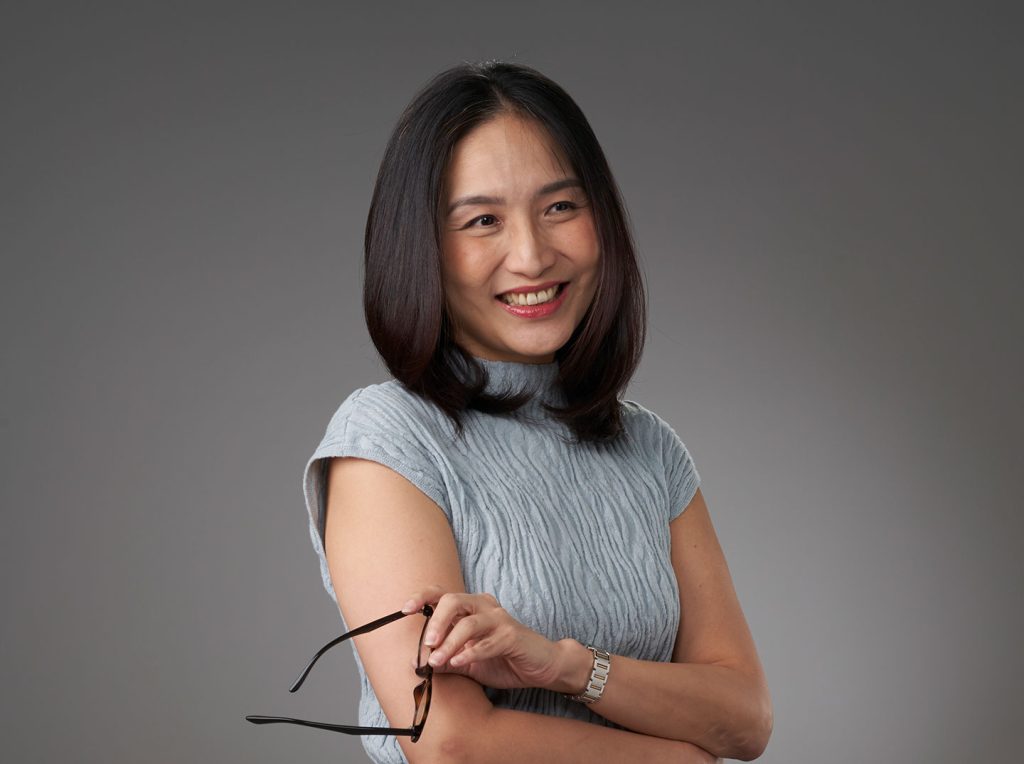
Could you share your observations on today’s consumer and digital landscape? How will this affect your marketing framework, objectives, and strategies?
“Customers are becoming more demanding and impatient – that’s why we believe it’s important to make the customer journey more digital over time,” Candice answered. “All these efficiencies then help us focus on the moments that matter and in those moments, we need to ensure we meaningfully connect with our customers – with each other.”
She also mentioned that with the emergence of AI significantly impacting human productivity, it is important for leaders to pay attention to the learning agility of their teams and employees. “As tech and processes evolve, we have to become more critical thinkers, more curious, and part of this is becoming more comfortable with change and vulnerability – it is, after all, the birthplace of creativity.”
“Ultimately, these innovations should be focused on helping people, whether they are our employees or our customers,” Candice concluded.
What developments do you aspire to achieve for your company and your industry as a whole?
“We want to make travel accessible,” Candice emphasized. “There is a direct correlation between travel and our country’s growth; job creation, tourism, and trade are only some of the many sectors that reap several benefits from it.”
It’s a well-known fact among Filipinos that one of Cebu Pacific’s trademarks is affordable fares, enabling them to travel without breaking the bank. At the core of this is the airline’s promise and mission to connect the numerous islands in the Philippines domestically and internationally, further solidifying Filipino communities and inviting more tourists to discover what the country has to offer. “As stakeholders of the Philippine tourism industry, it’s very important for companies like Cebu Pacific to actually take part in building and encouraging sustainable tourism,” she commented.
“Another thing we want to pursue and achieve is to help make travel as easy as possible through digital innovations,” Candice added. “We want to make the Filipino traveler a digital-savvy world traveler.”
What advice do you wish to impart to marketers, new and tenured?
“Remain curious and don’t avoid conflict, especially difficulties that lead to collective progress. This is hard because it’s not natural to human behavior to go towards doing what is difficult but if we approach this with a learning and solutions mindset, it pushes us to the edge of our capabilities, and in the long run – growth,” she answered. “And of course, remember to have fun and enjoy the process.”
At the Asia Pacific Tambuli Awards, Candice shared how travel expanded her horizons significantly. “The more I traveled, the more I learned; and the more I learned, I realized the more I don’t know. This is when I started to loosen up, chill a little bit, and that’s when I started to become a student of life and experiences.”
From being a homebody to a marketing leader at the helm of a leading local airline promoting sustainable and accessible travel, Candice’s story is a testament to opening one’s mind for lifelong learning, and how curiosity can not only benefit an individual but a whole community.
adobo Magazine presents Meet the Remarkable Marketers: A CMO Series, where we feature some of the most fearless, agile, and creative brand leaders across Asia. They share inspiration, insights, and key learnings that have shaped their business, from surpassing industry benchmarks and launching effective campaigns to initiating best practices as they navigate through uncertain times.

